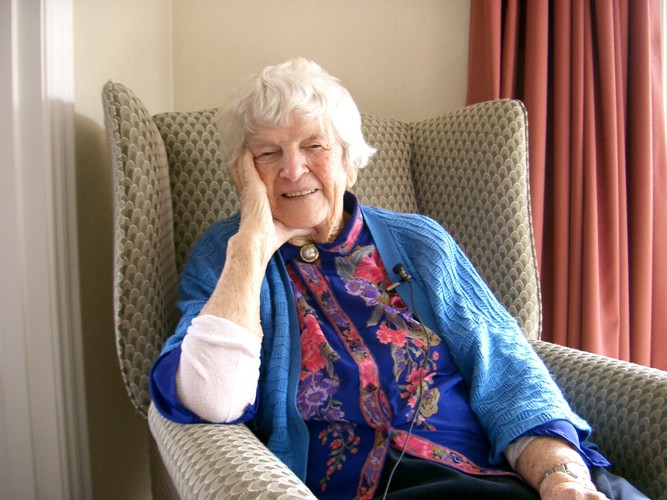
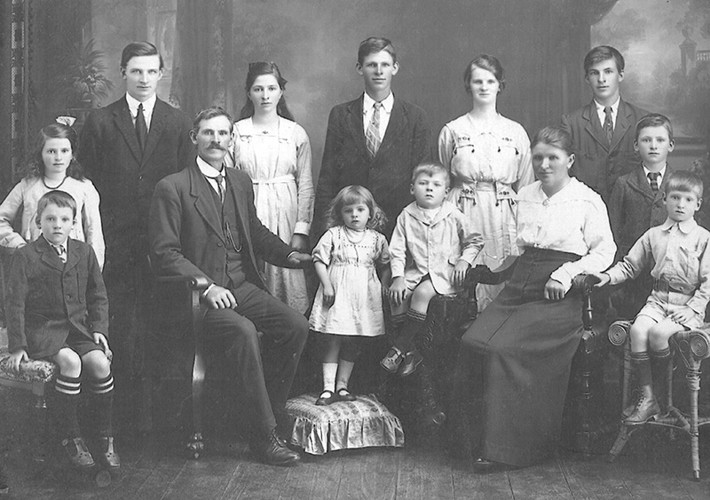
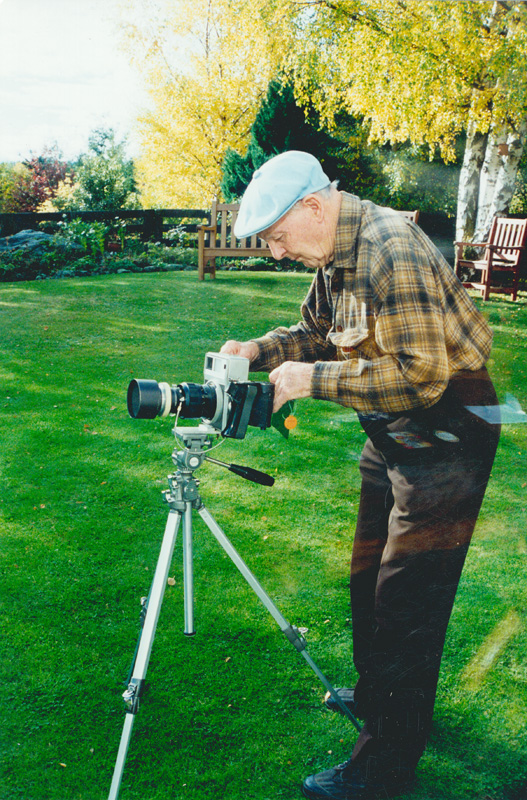
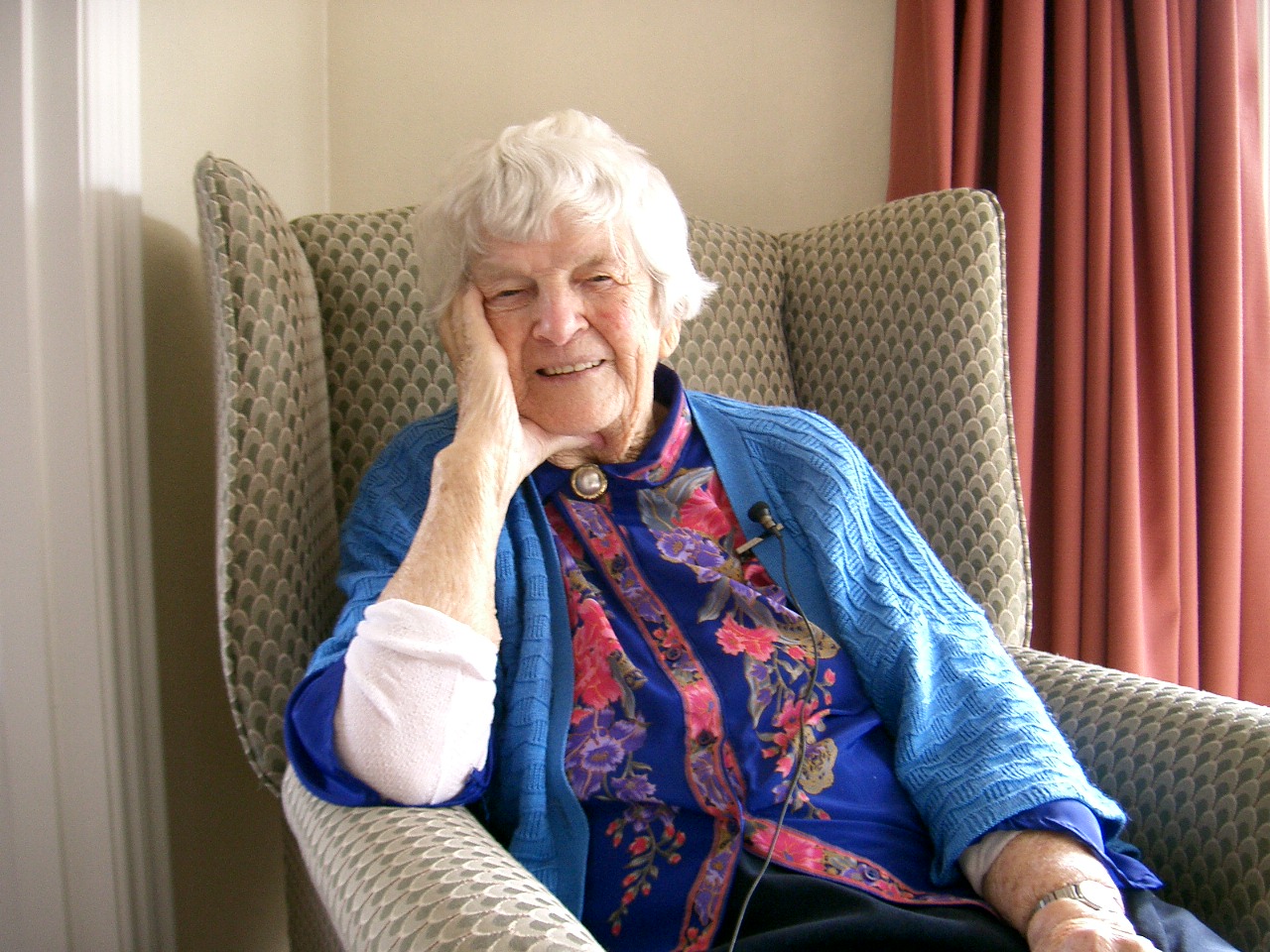
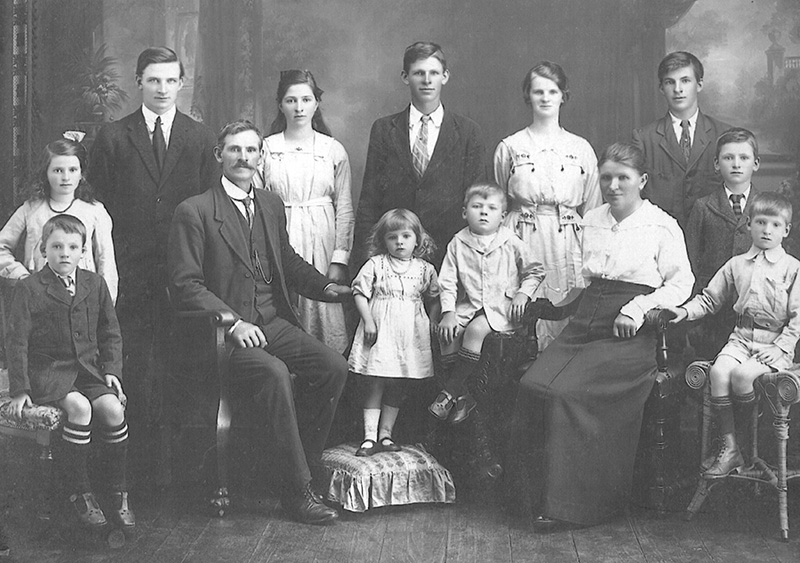
The still body of a young Inglewood boy is covered with a sheet and moved to the New Plymouth morgue. It is believed that four year-old Michael Dravitzki has fallen foul to Spanish influenza, a potent strain of the flu virus that swept the world in 1918 and 1919.
Medical staff at the New Plymouth Hospital on Barrett Street had been dealing with a rapid stream of patients suffering sore throats, headaches, high fevers and breathing problems. Day after day, one or two patients lapsed into unconsciousness, dribbled red froth from slackened lips, their faces darkening to purple-brown. Then they died. Swiftly, the dead were shifted to the morgue to free up beds for the living. It is in this scenario that Michael is placed among a growing pile of bruise-faced cadavers and left for dead.
Michael's younger sister, Jean Linklater (aged 87 when interviewed in 2004) takes up the story. "This lovely old lady who lived in Inglewood and used to help at the hospital, she discovered that he was breathing when she looked through the corpses in the morgue", Jean says.
"So they brought him out and he survived." And he did so for 85 more years - Michael died in 2003, aged 89.
Jean says the woman, Mrs Bathhurst, never forgot the boy whose life she saved. "She claimed him from then on and he didn't like it. ‘How's my Mickey?' she used to scream across the street". While he was embarrassed when his rescuer talked to him in front of his mates, Michael often reminded his family that he almost died. "He played on it for the rest of his life", Jean says. She reckons he used his scrape with death to get out of milking the cows and other jobs he didn't want to do. "Any time he was feeling sick, he would say, 'Don't forget I was just about dead at one stage' and 'I could be dead'. This is 50 years later", Jean laughs.
Even though she was only a two-and-a-half-year-old during the epidemic, Jean knows the family story well.
Jean was the youngest of the 11 Dravitzki children and all of them caught the flu. Their Polish immigrant parents were also affected by the flu, but in different ways. Their mother, Rose, became infected, but their father, Vincent, remained healthy and worked for the community throughout the health crisis. Every household on Kaimata Road had someone down with the flu, so the Polish farmer helped out. "My father was milking cows all day, going from one farm to another".
Five of the Dravitzki family ended up in New Plymouth hospital, including Rose – and, of course, Michael. Jean remembers that she and three or four siblings had to stay with an aunt down the road, because their mum was so sick. They were put in a lean-to at the back of the house, where they lay in feverish sleep.
Every member of the family survived, proving that the meek may indeed inherit the Earth. "I can remember my father talking about a tug-of-war in Inglewood", Jean says. "On the Saturday they were all there in this competition - all those strong healthy people - and on Monday four of them were dead. They got mown down in no time at all."
On the outside, the Dravitzki’s didn't look tough enough for rope-pulling contests. "We were a miserable-looking family", Jean says. "No big people in among them and that may have been why we survived." She hands over a photograph to prove her point.
The black-and-white picture was taken in December 1918, just a month after the Dravitzki clan recovered from the flu. Jean says her father was so grateful everyone made it through, he decided to get a family portrait. "We had to hire three Model T Fords to get our photo taken in New Plymouth." She casts her mind back more than 85 years. "I can remember getting this photo taken and them all saying that I would look the best because I was standing on a cushion." And she does look like the star of the show, perched right in the middle, her family arranged around her, all wearing their Sunday best. They look healthy, happy and not scrawny as Jean suggests.
There are other Taranaki survivors.
In his New Plymouth home, Robert McLeod (aged 101 when interviewed in 2004) tells how he lay waiting to die. He recalls how his body ached, his limbs went limp and he was too weak to walk. A couple of days earlier Robert had been a healthy, active young man used to seeing other people drop like flaming fighter planes. Like thousands of New Zealanders, Robert came crashing down with Spanish influenza.
From the end of 1918 to the first few months of 1919, this deadly virus claimed the lives of 8600 Kiwis. It remains the worst major disease outbreak in this country's history. Around the globe, the death toll topped 40 million. The flu spread as troops returned from fighting in World War One. Victory parades and flag-flying welcome-home celebrations enabled the flu to spread rapidly. As aggressive as enemy soldiers in the Great War, the flu proved a vicious killer. But some did escape its deathly grasp.
Like Robert, who casts his mind back 86 years to when he was a 15-year-old living in Auckland. "People, they wouldn't smile or wouldn't laugh - there was nothing to laugh about", he says.
At the time, Robert was working in the front counter of the New Zealand Herald taking advertisements. During the flu outbreak he also had the job of fumigating people with formalin (a formaldehyde-based disinfectant) when they came into the office. He would hand people a sheet to put over their clothes and then spray them. "Some people said, 'No, I don't want the sheet on'… they'd get all wet over... some of them didn't mind that...
"But that didn't help me, I caught it. I just had to lie there and look at the ceiling. You couldn't stand up and walk because your legs would go", says Robert. "I was lucky. I had it, but not as bad as some. It was a funny one - not funny but strange - it was the big strong people who were the worst off. They went the quickest.
"One chap I worked with, there was seven in his family died of it", Robert says. "There was nothing you could do. You'd be talking to someone today and the next minute someone says, 'He died last night'. It wasn't very pleasant."
Robert has grim pictures of death etched into his mind. "You know the Waikumete cemetery? That's north of Auckland - about 14 miles. Well, when you'd go to Auckland on the train, you'd see the hearses bumper to bumper, one behind the other.
"One undertaker showed me his hands and his [finger]nails, they were worn down with handling the coffins", he says. "Then it got that bad they couldn't run the trains. Perhaps say engine drivers, they'd gone down with it, or perhaps [someone in] the signal box."
All over New Zealand, schools and movie theatres were closed and many halls turned into temporary hospitals. Shops were closed, unless they were selling food and these were disinfected daily.
Former Huiakama resident Clara Davey (nee. Frank) remembers being bedridden with the flu. "Yes, I caught that - I nearly died. The doctor said 'Well, if we see her in the morning we'll know she lived'." Clara recalls lying alone in a room at Stratford, feeling completely ‘knocked out’. "I didn't know whether I was going to live or die - it didn't interest me." But the then 17-year-old pulled through. At the time of this interview, Clara was 102 and living in a rest home in Palmerston North.
Another Stratford woman didn't survive. Janet Reid, the wife of Stratford inventor Alexander Walker Reid, died of the flu on November 13 1918, just two days after the end of World War One.
New Plymouth man Robert Wells was living in south Taranaki when the epidemic struck. On Armistice Day, 11 November 1918, Robert had to march in a parade with Hāwera Main School's Standard 5 and 6 pupils (now Year 7 and 8). This was to celebrate victory over Germany. "I can remember going down High Street, you would see people at the edge of the street watching and every now and then someone would fall down."
Within hours of the public jubilation, Spanish influenza slammed Hāwera with a vengeance. On 12 November 1918, a committee of school, hospital and council leaders was formed to deal with the health emergency. Inhalation chambers were set up at the railway station, Hooks Sample Rooms next to the council chamber on High Street and at the district high school. In hindsight, the breathing of formalin to clear the lungs probably did not work and may have made matters worse by bringing people together so the flu could be passed on.
Robert Wells (aged 98 at the time of this interview) remembers getting some sort of treatment like this. "We had to go to school one day a week and have our throats sprayed." He doesn't know what with, but at home his mother dosed him with Condi's fluid. Neither Robert nor any of his family caught the flu.
Others did, with Hāwera's Winter Show Buildings turned into a makeshift hospital for the afflicted. When this and Hāwera Hospital filled up, St Mary's church hall was added. This later became the convalescent hospital.
Volunteers were the backbone of the support network set up to make sure every person was accounted for. People were given a street to look after, even those who lived a little out of town, as the Wells family did. “My father rode a push bike into town every day and check on his street," Robert says. "Dad had to knock on every door and say 'Is anybody ill here?'"
Another Hāwera family also came through the flu unscathed. A small, white bookcase in Alan Hayton's New Plymouth garage is a lasting memory of the epidemic.
Although the flu struck a year before the now-retired doctor was born, he has held fast to the unremarkable piece of furniture and his family's stories. "I was told that at the end of the epidemic, every family in our street had someone go down with the flu. But for some reason - it may have been immunological reasons or something in our genes - not one member of the Hayton family went down with the flu. Why is it that thousands of people died, but other people escaped?"
The healthy Haytons all had jobs do. "Except for Mum who did the house work for the family," Alan says. His father, Colin, would drive sick people to the emergency clinic, while Alan's brother, Stuart, had the job of knocking on every door in the street to check on the ill. "Peggy, I think her job was to deliver the milk and the newspapers," he says. "For being a good girl, they gave her 5 shillings. With that she bought that bookcase."
His hand rests lightly on a stack of medical history books, some with telling chapters about the epidemic.
One is Lady Doctor: Vintage Model by Stratford-born doctor Frances I. Preston. She was in her second year of medical training at Otago University when the flu reached New Zealand. She says that all non-urgent patients at Dunedin Hospital were discharged to make way for flu sufferers, but the wards and corridors still filled up with an endless stream of incoming patients. “People fell dead in the streets; in many houses no one was left alive. All ordinary business came to a standstill; one just concentrated on keeping alive. Every person left untouched by the pestilence turned his hand to whatever task needed doing," she writes.
"When it was all over, everyone who survived was exhausted; catching up for lost time made continued hard work for both teachers and students… It was a sudden and tragic introduction to life and death. No one could live through such an experience and remain quite the same; in short, we began to grow up", Frances writes.
Preston, F. (1974). Lady Doctor: Vintage Model. Wellington: Reed.
Please do not reproduce these images without permission from Puke Ariki.
Contact us for more information or you can order images online here.